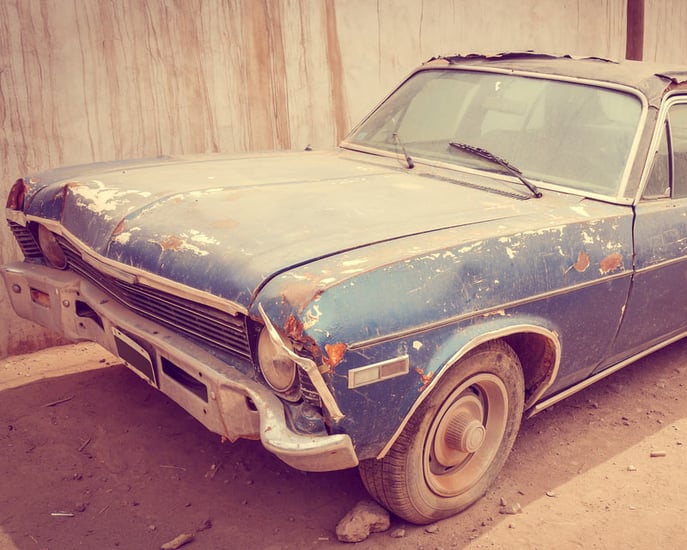KFC has had a number of public relations gaffes over the years — in particular the fact that it is no longer legally able to call itself Kentucky Fried Chicken and must go by the acronym KFC. Its tagline — “Finger Lickin’ Good” — has been around for a long time, but it ran into some issues in China when it was translated to mean, “Eat Your Fingers Off.”
The “Got Milk?” campaign was very successful among English-speaking populations, but when it was translated in Spanish, it ended up meaning, “Are you lactating?” Obviously, that didn’t go over quite as well.
7. HSBC Bank
In 2009, HSBC bank was put in the position of having to rebrand its entire global banking operation when they tried to translate their U.S. campaign to audiences overseas. The initial slogan was “Assume Nothing”, but it was translated to mean “Do Nothing.” HSBC had to spend over $10 million to change its slogan to “The World’s Private Bank.”
8. Ford
When the huge Ford auto company began selling cars in Belgium, it was met with an interesting challenge where translating its tagline was concerned.
They wanted to highlight the cars’ excellent manufacturing and launched a campaign across Europe with the slogan, “Every car has a high-quality body”. However, in a number of languages, it was translated to mean, “Every car has a high-quality corpse.”
9. Colgate
The Colgate toothpaste brand tried to market its product in France under the name Cue. However, that was also the name of an ill-famed pornographic magazine.
10. Pampers
Pampers was a unique case, as they attempted to sell diapers in Japan with an image of a stork delivering a baby. This was confusing to the Japanese, because they have no cultural myth wherein storks bring babies to parents, so the image was simply confusing. In their culture, babies are delivered in giant floating peaches.
So, there you have the top 10 most hilarious marketing translation gaffes.
There are certainly others, such as the Chevrolet “Nova” being understood as “doesn’t go” in Latin countries, or people in African countries thinking that Gerber baby food was actually made from babies.
Avoid Translation Mistakes
In this article, you learned why correct language translation and localization are vital to a strong international campaign.
LinguaLinx has cornered the market on language services for the working world because translation is the heart of what we do.
Interested in learning more about how LinguaLinx can connect your business to cultures everywhere? The team members of our interpretation division master the art of accurately conveying nuanced meanings from one language to another—in any situation, in real-time.
With Lingualinx, you won't ever have to worry about your message getting across. You know you're in good hands with our ISO 17100 compliance, twenty years of professional translation experience, and the organizations whose trust we've earned.
Continue Learning with these helpful articles:
Click the link below to book a consultation and begin your translation journey today








